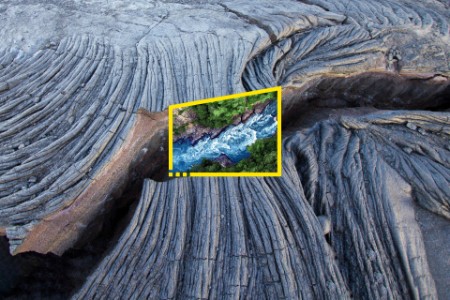It’s easy to see how the techonomic cold war heightens a range of risks for companies. At the broadest level, it creates new sources of geopolitical risk for global corporations that could find themselves enmeshed in geopolitical tensions. Companies face increased operations risk as global supply chains become vulnerable to trade wars and company bans. They face heightened intellectual property (IP) risk as the race between nations to dominate next-generation technologies increases the likelihood of governments intervening on behalf of domestic firms, including through corporate espionage and IP theft. Perhaps most significant, though, is the intensification of cybersecurity risk, as lines blur between state and non-state malicious actors and a new kind of cyber-attack emerges: weaponized disinformation.
The weaponizing of disinformation — explored more fully in two other megatrends, “synthetic media” and “future of thinking” — raises challenges for companies beyond cybersecurity. Businesses face increased reputational risk through the prospect of malicious actors deploying deepfake videos and other synthetic media to damage a company’s brand and reputation. Synthetic media could also be used to drive down a company’s stock price, creating new sources of financial risk.
“The next frontier of cybersecurity is disinformation,” says Kris Lovejoy, EY Global Advisory Cybersecurity Leader. “Deepfakes and other synthetic media can exact significant damage, and companies need to shore up their defenses — whether through technology or training.”
Our latest thinking
Summary
The COVID-19 pandemic has highlighted the importance of focusing on a range of long-term risks that have a significant impact on business operations and growth. Despite the potential global impact of these risks, companies continue to both underestimate and underinvest in them. However, leaders can mitigate these risks by envisioning future states, mapping trust journeys, conducting risk assessments and building flexibility into their strategic plans.

